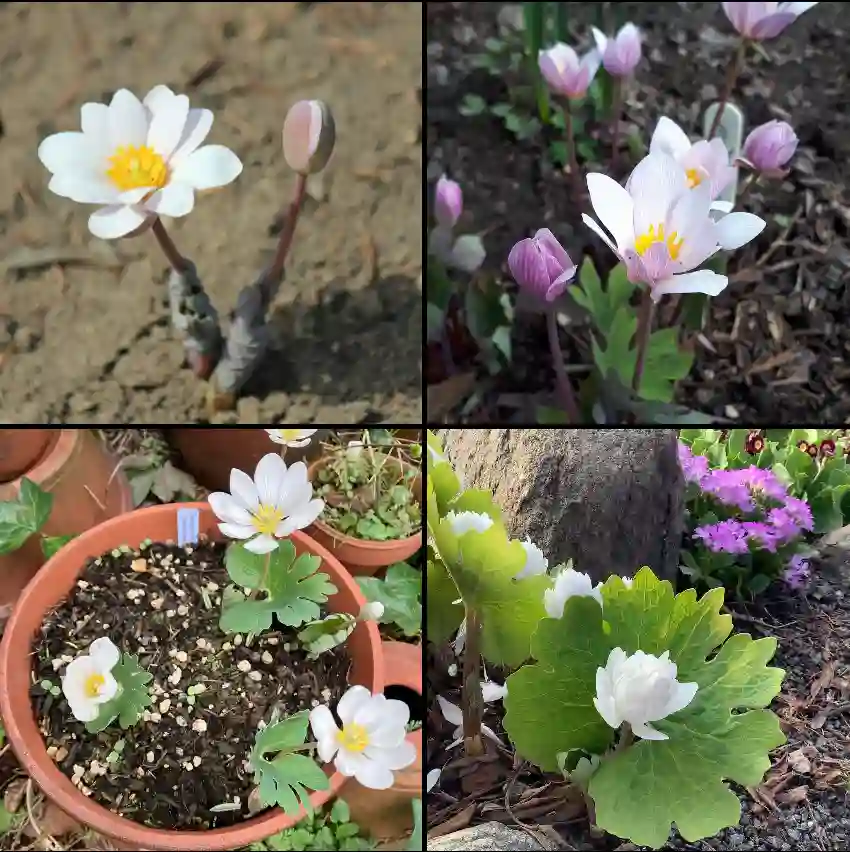The Fascinating World of Piperaceae: A Deep Dive into the Family’s Genera
The Piperaceae family, often referred to as the pepper family, is a fascinating group of flowering plants that encompasses a wide variety of genera. This plant family has always intrigued me due to its diversity and impact, both in horticulture and human history. From its ornamental appeal to its culinary and medicinal uses, the Piperaceae family is essential in many ways. Some of the most notable genera within this family include Manekia, Peperomia, Piper, Verhuellia, and Zippelia. Let me take you on a journey through these remarkable plants and how they shape the botanical landscape.
The Piperaceae Family
The Piperaceae family is made up of over 3,000 species and is widely distributed across tropical and subtropical regions. The plants in this family are primarily shrubs, herbs, and climbers, making them versatile in their ecological niches. They thrive in shaded forest understories, growing in diverse environments ranging from rainforests to mountainous regions. What has always captivated me about this family is its balance between beauty and utility.
The Medicinal and Culinary Significance
For centuries, many Piperaceae species have played a crucial role in traditional medicine and cuisine. Piper nigrum, the plant behind black pepper, is one of the most economically significant spices globally. It’s hard to imagine cooking without the sharp, pungent kick of black pepper. Not only does it enhance flavors, but it also has health benefits, such as aiding digestion and improving circulation.
I remember learning how indigenous communities have long used Piperaceae plants in various healing rituals. The leaves, roots, and fruits are rich in bioactive compounds like alkaloids and essential oils, which have antibacterial, anti-inflammatory, and even antioxidant properties.
Manekia: The Climbing Wonder
One genus in the Piperaceae family that I’ve found intriguing is Manekia. Though not as widely known as Piper or Peperomia, Manekia has its own charm. These plants are climbers that typically thrive in moist, tropical environments. Their leaves are heart-shaped, and they grow along the forest floor or climb trees using their flexible stems. I’ve noticed that they can be a bit tricky to cultivate, but once established, they add a lush, green texture to garden spaces.
What’s really fascinating about Manekia is its traditional medicinal uses in certain cultures. Its leaves are often crushed to create poultices for treating wounds or skin irritations. While this genus doesn’t have the culinary fame of Piper, its ethnobotanical importance makes it worth knowing.
Peperomia: The Delightful Ornamentals
1424 Species in Genus Peperomia
Peperomia is, without a doubt, one of my favorite genera in the Piperaceae family. These plants are immensely popular in the world of houseplants due to their wide variety of shapes, sizes, and colors. I’ve cultivated several species, from the Peperomia obtusifolia to the stunning Peperomia argyreia with its watermelon-striped leaves. They are perfect for anyone who wants an easy-to-care-for plant that adds a touch of elegance to their home.
What I love about Peperomia is that they are not just ornamental. Some species, such as Peperomia pellucida, have been used in traditional medicine to treat joint pain and digestive disorders. Their leaves contain anti-inflammatory properties that can be applied topically or ingested in small amounts.
Piper: The Icon of the Family
No discussion of the Piperaceae family would be complete without delving into the Piper genus. It’s the most iconic and economically valuable genus in the family, featuring species like Piper nigrum (black pepper) and Piper betle (betel leaf). I’ve always admired how these plants have shaped global trade and culture for centuries.
The black pepper plant, in particular, stands out due to its historical importance as “black gold.” For centuries, it was highly prized and traded across continents, influencing economies and cultures. Even today, black pepper is a staple in every kitchen, and I’ve personally enjoyed growing a small Piper nigrum plant in my own garden.
The Piper genus also includes the Piper methysticum, commonly known as kava, which is used to prepare a traditional drink with calming effects. In regions like the Pacific Islands, kava has ceremonial and social significance, offering relaxation without the loss of mental clarity.
Verhuellia: The Ancient Relic
Verhuellia is a lesser-known genus in the Piperaceae family, but its ancient lineage fascinates me. Considered a “relic” genus, Verhuellia represents a more primitive evolutionary stage within the family. These plants are found in tropical forests, typically growing in moist, shaded environments. While they don’t have the commercial or ornamental value of other Piperaceae genera, I find their historical significance and adaptability fascinating.
Though it’s challenging to cultivate these plants outside their native habitat, their contribution to our understanding of plant evolution makes them a valuable genus within the family.
Zippelia: The Quiet Climber
The final genus that I’d like to highlight is Zippelia. Like Manekia, this is a climbing plant that thrives in tropical forests. While not much is known about its medicinal uses or ornamental value, its ability to adapt to different environments is noteworthy. From my perspective, Zippelia may not steal the spotlight like Piper or Peperomia, but it quietly plays a role in its ecosystem, offering shelter and food for various insects and animals.
Conclusion
The Piperaceae family is an incredible group of plants that have shaped human culture and natural ecosystems for centuries. Whether it’s the ornamental beauty of Peperomia, the historical importance of Piper, or the ecological contributions of lesser-known genera like Manekia, Verhuellia, and Zippelia, each plant in this family has a unique story to tell. As someone passionate about plants, exploring the Piperaceae family has deepened my appreciation for the intricate relationship between plants and people.
If i die, water my plants!



